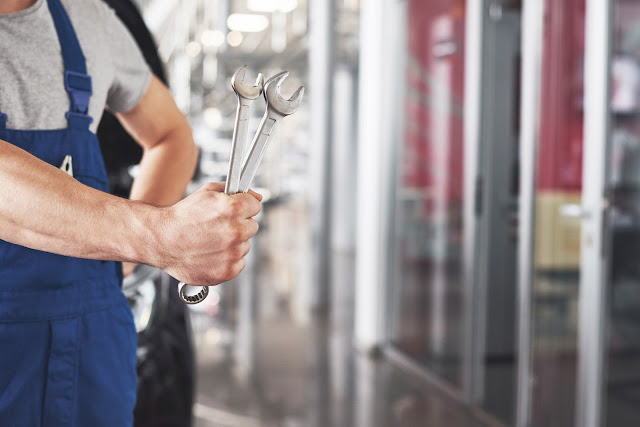The Best Polishing Pads for a Smooth, Scratch-Free Surface
In the world of stone fabrication, first impressions are everything. And nothing says “professional finish” like a perfectly smooth, scratch-free surface. Whether you’re polishing granite countertops, restoring marble floors, or finishing off a quartz slab, the polishing pad you choose can make or break the final result.
So how do you pick the right one? And what separates a good polish from a great one? Let’s dive in.
The Unsung Hero: Why Polishing Pads Matter
Behind every polished surface is a hard-working pad doing the heavy lifting. While it might seem like a simple tool, a quality polishing pad ensures:
- A flawless, mirror-like finish
- Minimal surface scratches or swirl marks
- Consistent results across the entire surface
- Longer lifespan with less wear-and-tear
Choosing the right pad-and using it properly -can help transform a dull, uneven surface into a stunning showpiece. But not all polishing pads are created equal, and that’s where things get interesting.
A Pad for Every Purpose: Which One Is Right for You?
Resin-Bonded Pads: Your Go-To for Final Finishes
These flexible pads are ideal for the last few polishing stages. Their smooth action and gentle pressure make them perfect for sensitive surfaces like marble or engineered stone.
Use them when you want a clean, scratch-free look without risking damage. Many pros pair them with Polishing Pads & Sandpaper in Dallas to ensure consistent performance.
Metal-Bonded Pads: Heavy-Duty Heroes
When you need to do the rough work-grinding, shaping, and leveling -metal pads are your best bet. They’re aggressive and built to last, especially when working on granite or concrete.
If you’re preparing edges with Cutting Tools & Blades in Dallas, follow up with a metal pad to smooth things out before finishing.
Hybrid Pads: The Best of Both Worlds
Not quite metal, not quite resin-hybrid pads are perfect for the middle ground. They handle that awkward transition between shaping and polishing, saving time and effort in the process.
They’re especially useful if you want to avoid constant pad changes during a project.
The Grit That Gets It Done
It’s not just about the pad itself. The grit level -or how coarse or fine the pad is -can completely change the outcome.
Start rough to remove material and shape the surface, then work your way up to finer grits for a smooth, glassy shine. Skipping steps or starting too fine might leave behind scratches you can’t buff out, no matter how hard you try.
A good rule of thumb? Don’t rush the process. Let the tools do the work, and use each pad with intention.
How to Polish Like a Pro
If you want professional results, a few simple habits go a long way:
- Use water for wet polishing: It cools the surface and extends pad life.
- Avoid too much pressure: Let the pad do the work -more pressure just wears it out faster.
- Clean between grit changes: Even one rogue particle can scratch your surface.
- Finish with finesse: For that deep, brilliant shine, many pros use a black wax bar as a final buff.
And don’t forget about your setup -having the right tools on hand is just as important.
More Than Just Pads: Tools That Support a Perfect Finish
Your polishing pads are only part of the puzzle. To get top-tier results, make sure you’re working with the right tools and accessories:
- Dependable Cutting Tools & Blades in Dallas to prep clean, sharp edges
- Essential Coring Tools & Accessories Near You for sink cutouts and detailing
- Rugged Material Handling Equipment in Dallas to move heavy stone slabs safely and precisely
When all the right pieces come together, your job gets easier -and your results get better.
The Bottom Line
The best polishing pads are the ones that match your material, your method, and your finish goals. Whether you’re grinding rough granite or adding the final gleam to a marble vanity, choosing the right pad is the first step to achieving that perfect, scratch-free surface.
And remember: great polishing doesn’t come from shortcuts. It comes from skill, the right grit progression, and reliable tools -from Polishing Pads & Sandpaper in Dallas to Coring Tools & Accessories Near You that help you shape and refine with confidence.
Invest in quality pads. Respect the process. And give your surfaces the flawless finish they deserve.




Comments
Post a Comment